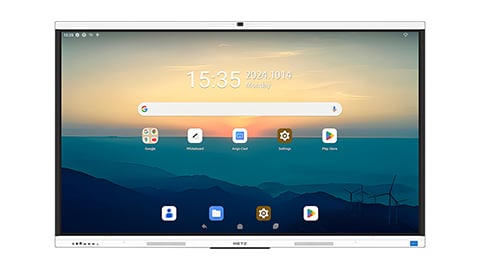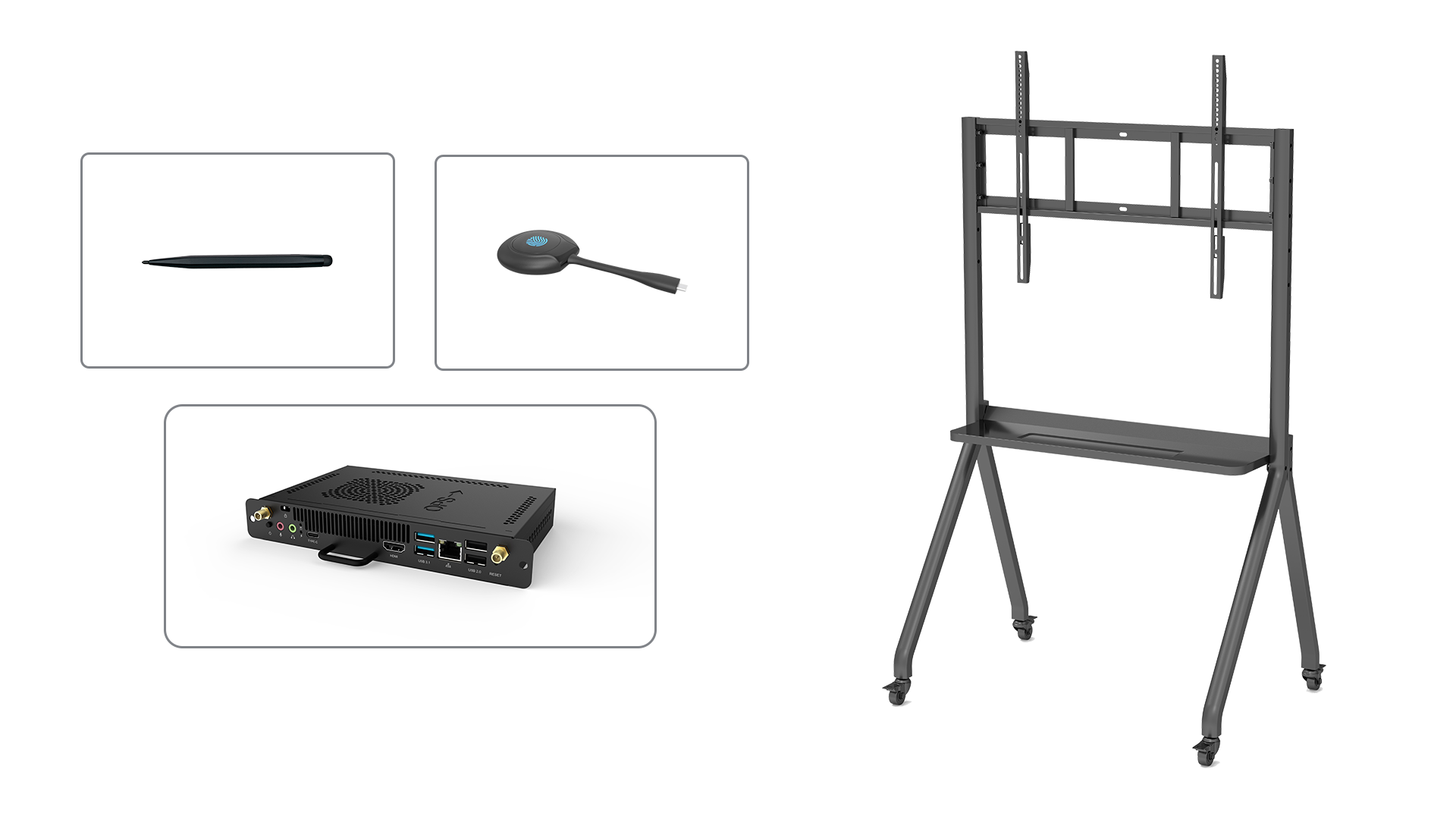Introduction
smartboard alignment is a crucial aspect of using interactive whiteboards effectively in educational and business settings. The proper alignment of a smartboard ensures accurate touch response and optimal viewing experience for both teachers and students. In this article, we will explore the importance of smartboard alignment and provide valuable insights into the various aspects of this topic.
1. Understanding Smartboard Alignment
Smartboard alignment refers to the process of calibrating the touch and display settings of an interactive whiteboard to achieve accurate input recognition and display performance. Proper alignment ensures that when a user interacts with the smartboard, their touch is accurately registered, and the displayed content is correctly aligned with the physical touches.
2. The Calibration Process
The calibration process typically involves accessing the smartboard's software settings and running a calibration program. This program prompts the user to touch specific points on the screen, which allows the system to map the touch input to the corresponding display location accurately. It is important to follow the manufacturer's instructions for calibration to achieve optimal results.
3. Benefits of Proper Alignment
Proper smartboard alignment offers several benefits, including enhanced user experience, improved accuracy, and increased productivity. When the alignment is accurate, users can interact with the smartboard effortlessly, resulting in a seamless and engaging learning or presentation experience.
4. Ensuring Touch Accuracy
An aligned smartboard ensures that every touch or gesture made on the screen is accurately registered by the system. This level of precision is crucial, especially in educational settings where teachers rely on the smartboard for interactive lessons. Students can also benefit from accurate touch recognition, as it allows them to actively participate and engage with the content.
5. Avoiding Display Distortion
Misalignment can lead to display distortion, where the content on the screen appears skewed or misaligned with the physical touches. This can be distracting and reduce the effectiveness of presentations or lessons. Proper smartboard alignment eliminates display distortion, ensuring that the content is accurately displayed and aligns with the user's interactions.
6. Enhancing Collaboration and Productivity
Aligned smartboards facilitate collaboration and improve productivity in group settings. When multiple users are interacting with the smartboard, an accurate alignment ensures that everyone's inputs are correctly registered, allowing for seamless collaboration. This is particularly beneficial in business meetings, brainstorming sessions, and collaborative learning environments.
7. Maintaining Long-Term Performance
Regularly calibrating and aligning your smartboard helps maintain its long-term performance. Over time, factors like dust, temperature variations, and physical impacts can slightly misalign the touch and display settings. By periodically realigning the smartboard, you can ensure consistent and optimal performance, prolonging the lifespan of the device.
8. Troubleshooting Misalignment Issues
If you experience misalignment issues with your smartboard, there are a few troubleshooting steps you can try. First, check for any physical obstructions or damage to the touch surface. Cleaning the screen with a soft, lint-free cloth can also help improve touch accuracy. If the problem persists, consult the manufacturer's troubleshooting guide or seek professional assistance.
9. Advanced Alignment Techniques
Some smartboards offer advanced alignment techniques, such as automatic alignment or multi-point calibration. These features streamline the alignment process and can be particularly useful for large smartboards or installations with multiple displays. Consult the user manual or contact the manufacturer for more information on advanced alignment techniques specific to your smartboard model.
10. Conclusion
Smartboard alignment is a crucial step to ensure optimal performance and user experience. By aligning your smartboard properly, you can enjoy accurate touch recognition, avoid display distortion, enhance collaboration, and maintain long-term performance. Regular calibration and troubleshooting can help address any misalignment issues that may arise. Make smartboard alignment a priority to unlock the full potential of your interactive whiteboard.






